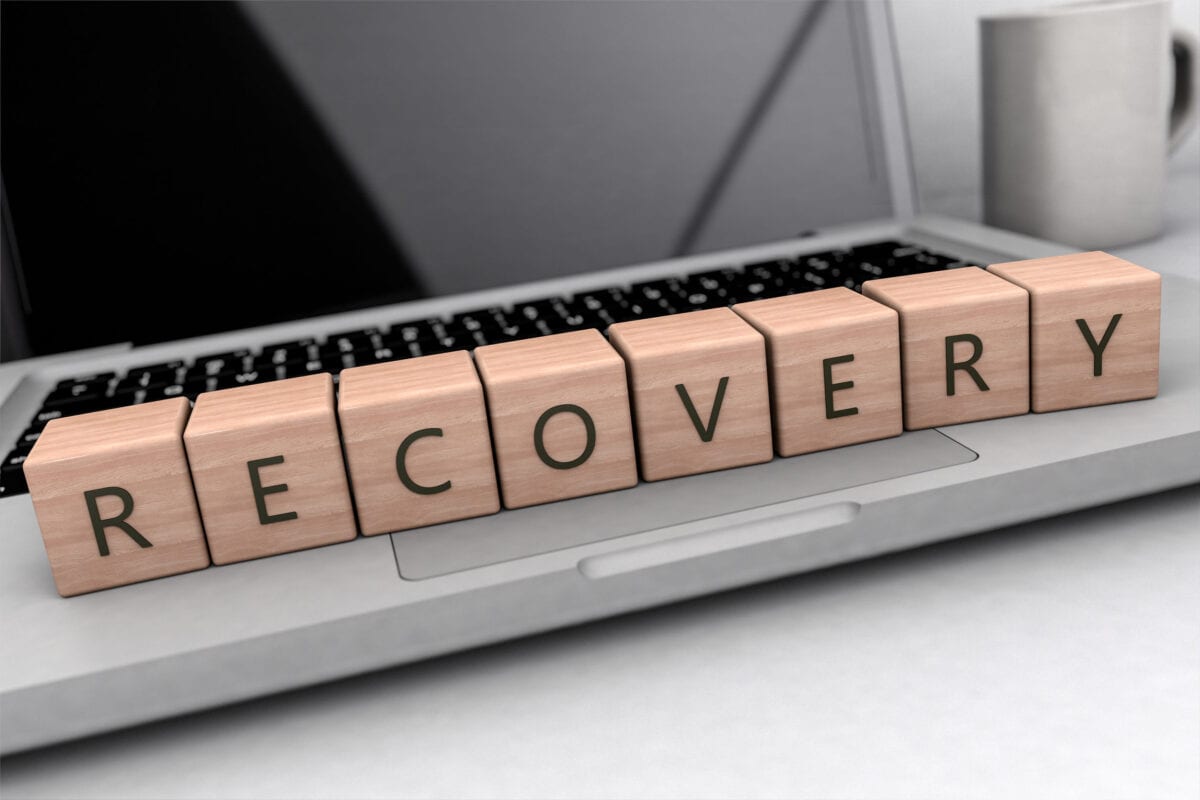Restarting or Ramping Up a Business After Covid-19
Covid-19 has presented many challenges to businesses. Some have shut down, others have changed their focus, customers of these businesses have changed or stopped purchases, vendors have stopped supplying or changed their focus.
Most critical to business has been cash flow. Support via PPP or other government programs may have been essential.
For purposes of this review/presentation, I assume that the business has paid/kept key employees (or all employees), maintained some level of service (i.e., utilities paid, rent paid or deferred, etc.) and is now ready to begin a company restart or to begin ramping up business. Below are seven key areas to consider:
Employees
• Are they currently available to return to work? Covid-19 free? This assessment should start with all employees and be done with an understanding of critical vs non-critical.
• You should be in touch or plan to be in touch with all employees during the Covid-19 sequester, not just reaching out when you plan to re-start.
• If some past employees are unavailable because of Covid-19 (moved out of state to live with relatives, etc.), what plan do you have to staff quickly? Do you have a relationship with an outside staffing firm? What is their ability to supply your needs? That firm should be viewed as one of your critical suppliers.
Customers
• Are your customers still in business or also re-starting? What volume of business can be anticipated? Can they be reliably forecast? Have you looked at your customer set by 80/20, making an assessment of largest customers first?
• What payment terms can be expected? Will they be paying these new invoices later than standard terms? Can you afford to offer business terms? Will you or can you accept CC payments?
• Have some customers not paid invoices, billed prior to Covid-19? If not, when will these invoices be paid?
• These questions must be answered to understand your cash flow.
• You should be in touch or plan to be in touch with all customers during the Covid-19 sequester, not just reaching out when you plan to re-start.
Vendors/suppliers
• Vendors must be able to support your re-start. Are they able to supply your critical requirements? Have you identified alternatives? What will lead-times be?
• What payment terms will be offered? Have you paid or are you paying invoices incurred prior to Covid-19? What will the impact be on your re-start if invoices remain un-paid?
• These questions must be answered to understand your cash flow.
• You should be in touch or plan to be in touch with all suppliers during the Covid-19 sequester, not just reaching out when you plan to re-start.
Machines/tooling
• Are machines and tooling needed for production in good working order? What is required to assess the ability of your production to re-start or ramp up?
• Who is available to make this assessment and how much time and money will it cost? How does this impact your ability to begin production or reach required levels?
Shipping
• If you ship your products (or receive supplies/raw materials) via LTL, FEDEX or full truck loads, are your past suppliers ready and available to support your efforts? How soon and at what level will they be able to support you? Will there be a time lag associated with delivery that exists during re-start that did not exist prior to Covid-19?
• If you use your own trucks and drivers for deliveries, how many are available and needed during your re-start?
Other
• There are probably other suppliers that you depend on who suspended operations or cutback during Covid-19.
• Examples would include any outside maintenance services or spare parts required during production. You also may depend on a cartage or re-cycling business to remove scrap or other material from your operations. You also may be dependent on outside network/computer resources.
• Have you paid invoices incurred prior to and during Covid-19?
• Checking in with these other businesses periodically and at time of your planned re-start may be essential.
• You should be in touch or plan to be in touch with these suppliers during the Covid-19 sequester, not just reaching out when you plan to re-start.
Your banking relationship and line of credit
There is likely stress in your banking relationship. If credit is required for the re-start, it should be understood prior to re-start.
• Communicate with the banker via the 13-week cash flow model
• Clearly state issues you may have as a result of your on-going communication with employees, customers and suppliers.
• The bank should be willing to support businesses that are actively planning a re-start and can show how and when they once again thrive.
Summary
Re-opening or re-starting after Covid-19 presents unique challenges. Essential elements must include communication with and understanding of the ability of employees, customers and suppliers to support your efforts. This communication must be on-going and key issues must be understood and recognized (payment terms, any bottlenecks, excessive lead-times, etc.)
A 13-week cash flow plan must be created and updated weekly. Cash flow must be modeled and updated regularly as information from your communication efforts is better understood and as you begin to source product and supply customers.
Chris is a Principal of FocusCFO, based in Cleveland, OH.
855-236-0600
facebooktwitterlinkedin





